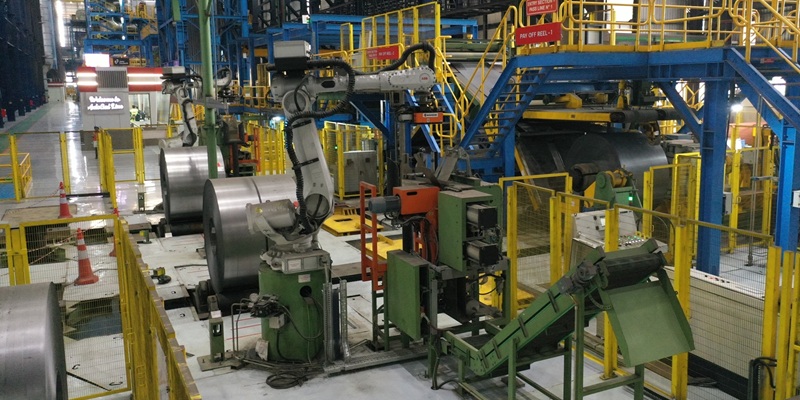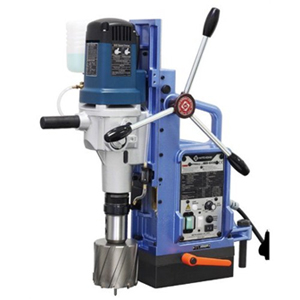Schedule a Call Back
US imposes 26% reciprocal tariff on Indian Exports; CareEdge
 Industry News
Industry News- Apr 07,25

Related Stories

Will solar manufacturing glow in India as renewable energy demand surges?
While India has successfully increased domestic solar module production, import of solar cells remains high. As India plans to add 60-65 GW of solar capacity, will it be a sunshine moment for solar ..
Read more
China’s Rare Earth Elements Curb Jolts Indian Auto Sector into Action
While Rare Earth Elements (REE) based components are utilised in traditional ICE vehicles, the production of EVs is fundamentally reliant on them—without REEs, manufacturing an EV is virtually imp..
Read more
Can India’s Exports Takeoff Amid Global Market Uncertainty?
India's merchandise exports are navigating a complex global landscape marked by economic and geopolitical turbulence, including trade wars. India needs to take multiple measures to build a resilient..
Read more

















